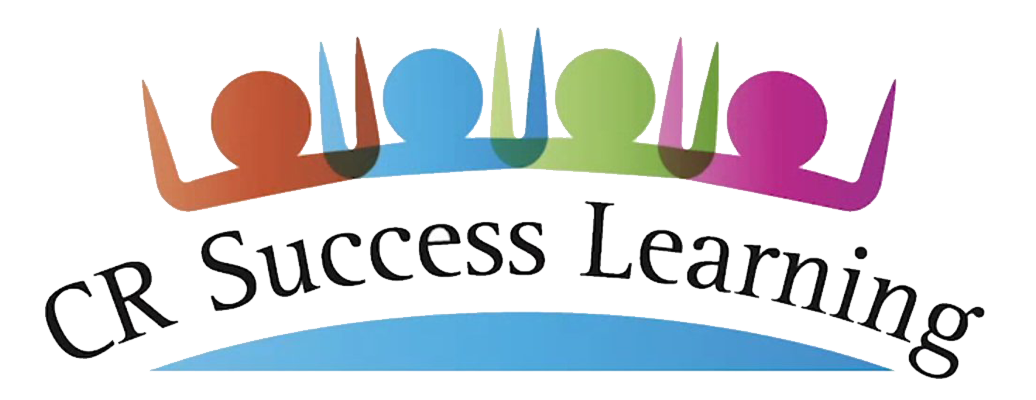🖋️ Morphology Part 2: Conversations with Cheryl
Difficulties Reading Multisyllabic Words with Affixes
Last week, I visited with Ms. Matthews, a third-grade teacher. When I asked her about her literacy groups, she sighed, and told me:
❝ Our reading and spelling involve much longer words now. Some students are really struggling. For example, Sam saw the word ‘recalculate’ and guessed, using the first letters, to read ‘recognize’. Maggie was much closer in her decoding, but she missed the second syllable, reading ‘recalculate’ as ‘recirculate’. I often see these types of errors. And, when students spell, they use sounds, rather than thinking about prefixes and suffixes. ‘Jumped’ is spelled jumpt, ‘conduct’ is spelled kunduct.❞
We talked about the importance of teaching syllable division to read and spell multisyllabic words and how morphological awareness (MA), or the awareness of meaningful word chunks – prefixes, bases, and suffixes – can help students.
I shared these 5 important ideas for morphological awareness.
1. Start Early
CRSL begins MA instruction by teaching inflectional suffixes (-s, -es, -ing, -ed) early, in the Kindergarten and Level One Programs. We also devote time to teaching compound words, which is part of morphology.
2. Teach Meaning
CRSL emphasizes the meaning of affixes. In Levels One and Two, students manipulate the prefixes and suffixes on a CRSL Magnetic Folder, using meaning of the affixes. For example, the teacher will have the students build a non-word syllable, such as vant. This becomes the base/root word to add affixes. The teacher will then instruct the students:
❝ Let’s go from vant to full of vant (vanty or vantful)…
Now show me before vant (prevant)…
Now show me the act of prevant (prevanting)…
Show me a person who prevants (prevanter)…
Now show me prevant in the past (prevanted)…❞
As the students manipulate the affixes, they focus on the meaning. Using a non-word syllable helps students focus on the morphological meaning.
When students read real words with affixes, we begin with words that have transparent morphology, such as redo, where the meaning is clear. If we use a word with a Latin or Greek root, we share the meaning of that root. For example, in the word reject, we inform students that the root ject means to throw, so the word reject literally means “to throw back.” If you reject a package that was delivered, you are throwing or sending it back.
3. Teach How to Decode by Syllable
We teach students to explicitly to look for prefixes and suffixes and to realize that they will be syllables by themselves. For example, in the word prevented, there is the prefix pre- and the suffix -ed. Students can use a business card, with the corner angled, to scoop under each syllable:
4. Teach Spelling with Meaning
When students spell a word such as jumped, we tell them,
❝ This word means to jump in the past. Yesterday, I jumped on the trampoline. Think about spelling the base word and then adding the suffix that puts a word in the past. ❞
When the affix creates a distinct syllable, students use DASH spelling. If they were spelling the word conducted, they would draw three dashes for the three syllables. The teacher guides the spelling with a technique called Sound Spelling.
❝ We read this word as /kun//duct//ed/, but we spell it as /kon//duct//ed/. The first syllable is the prefix that means with or together.❞
5. Make Learning Interactive, Fun, and Exploratory!
We’ll go into more detail in the next post: Teaching Tips for Morphology, where you can learn how to turn students into sharp “Affix Detectors” with quick, engaging games that get them thinking, moving, and noticing how words work. Be sure to look for free downloadable resources.



